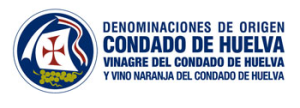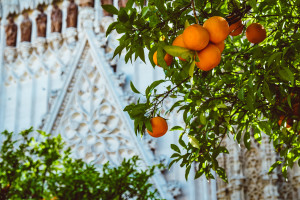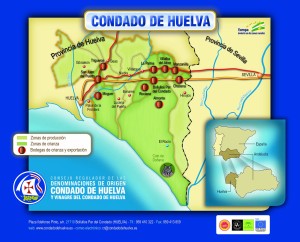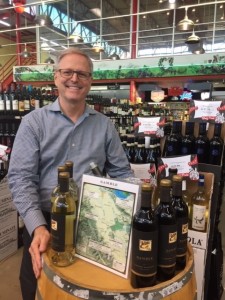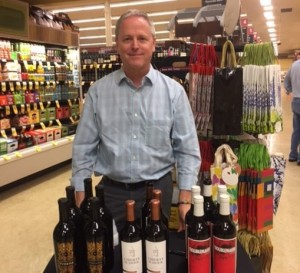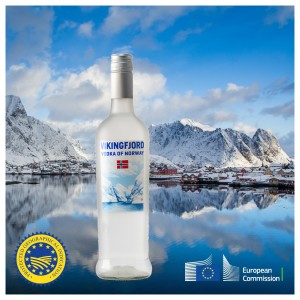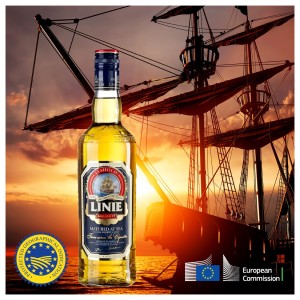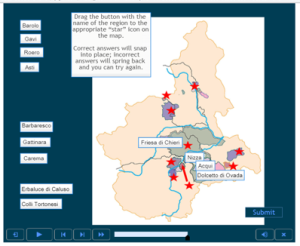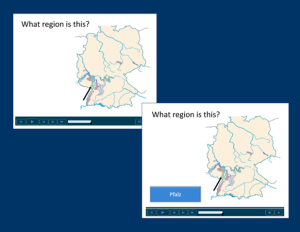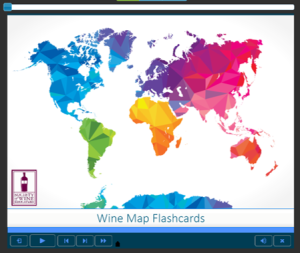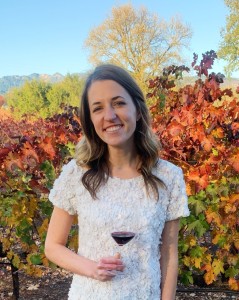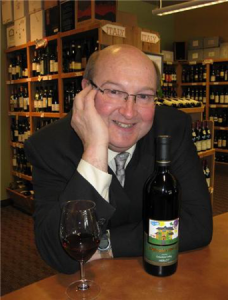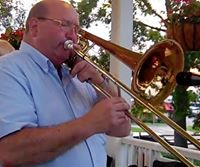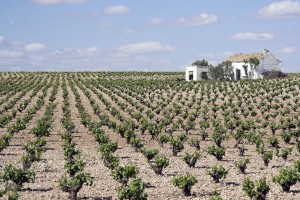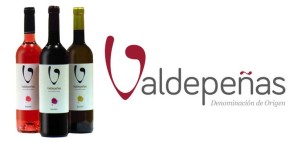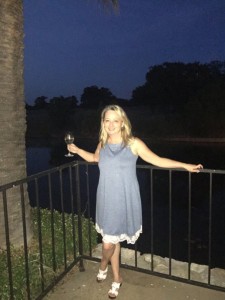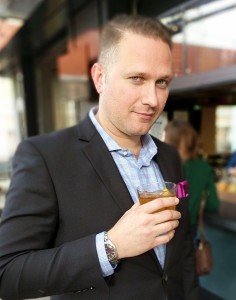Spain has one aromatized wine that holds a designated appellation of origin: Vino Naranja del Condado de Huelva. The name translates to Orange Wine of Condado de Huelva—however, this is a flavored wine macerated with actual oranges—not to be confused with the traditional skin-macerated white wines that are known as “orange wine” in many parts of the world. (No one ever said the wine world was void of confusing terminology—and they never will!)
Vino Naranja del Condado de Huelva is produced in the exact same defined geographical area as the slightly-better-known table wines of the Condado de Huelva DO. The region is located in on Andalucía’s Atlantic coast, about 45 miles/72 km northwest of Sanlúcar de Barrameda.
Vino Naranja del Condado del Huelva is produced using a base wine comprised exclusively of the products of the Condado de Huelva DO. The base may be a Condado de Huelva DO white wine, or a mistella (grape must that is muted [fortified] with grape spirits before or during fermentation). The preferred grape variety for these wines is the indigenous Zalema variety; however, the list of allowed grape varieties also includes Palomino Fino, Pedro Ximénez, Moscatel de Alejandría, Colombard, Sauvignon Blanc, and Chardonnay.
To produce the aromatized wine, dried bitter orange peels are macerated with locally-produced grape spirit. This maceration must continue for at least six months; and must comprise at least 200 grams of dried orange peels per liter of spirit. One the maceration is complete; the flavored spirit is combined with the base wine.
Vino Naranja del Condado must next be oak-aged (in barrels of 650 liters or less) for a minimum of two years. This aging is typically done in a solera system, producing a concentrated, complex, and deeply oxidized wine with a dark amber color. The product is made in both dry and sweet styles. Fresh or concentrated grape must from the Condado de Huelva DO is allowed to be added as a sweetener.
Vino Naranja del Condado de Huelva is often served slightly chilled alongside savory appetizers and/or meals. It may also be enjoyed “on the rocks” with or without water or soda water. Many people feel that serving the wine with ice brings out the sweet character of the wine, making it an excellent accompaniment to sweet foods.
Vino Naranja del Condado de Huelva has been produced in the region for hundreds of years. Many references date its production back to 1770, and list Bodegas del Diezmo Nuevo as one of the original producers. Vino Naranja del Condado de Huelva was granted a protected geographical indication (PGI) of the European Union on March 14, 2017
Alas, It is not yet widely available outside of Europe, but for those lucky enough to be traveling to Spain in the near future—be sure and check it out (and bring us all a bottle)!
References/for more information:
- Vino Naranja del Condado de Huelva on the website of the Spanish Ministry of Agriculture, Fisheries and Food: https://www.mapa.gob.es/es/alimentacion/temas/calidad-agroalimentaria/calidad-diferenciada/dop/prod_vitiv_aromatizados/Vino_Naranja_del_Condado_de_Huelva.aspx
- Consejo Regulador of Condado de Huelva: https://docondadodehuelva.com/
- List of EU-approved PGI Aromatized Wines
- List of producers of Vino Naranja del Condado de Huelva: https://docondadodehuelva.com/nuestros-sabores/vino-naranja/bodegas-registradas/
- https://www.interempresas.net/Vitivinicola/Articulos/61944-Vino-Naranja-de-Condado-de-Huelva-nuestro-vino-aromatizado-mas-cotizado.html
- https://catatu.es/blog/vino-naranja/
- http://www.bodegasiglesias.com/html/catalogo_004.html
Post authored by Jane A. Nickles…your blog administrator: jnickles@societyofwineeducators.org
